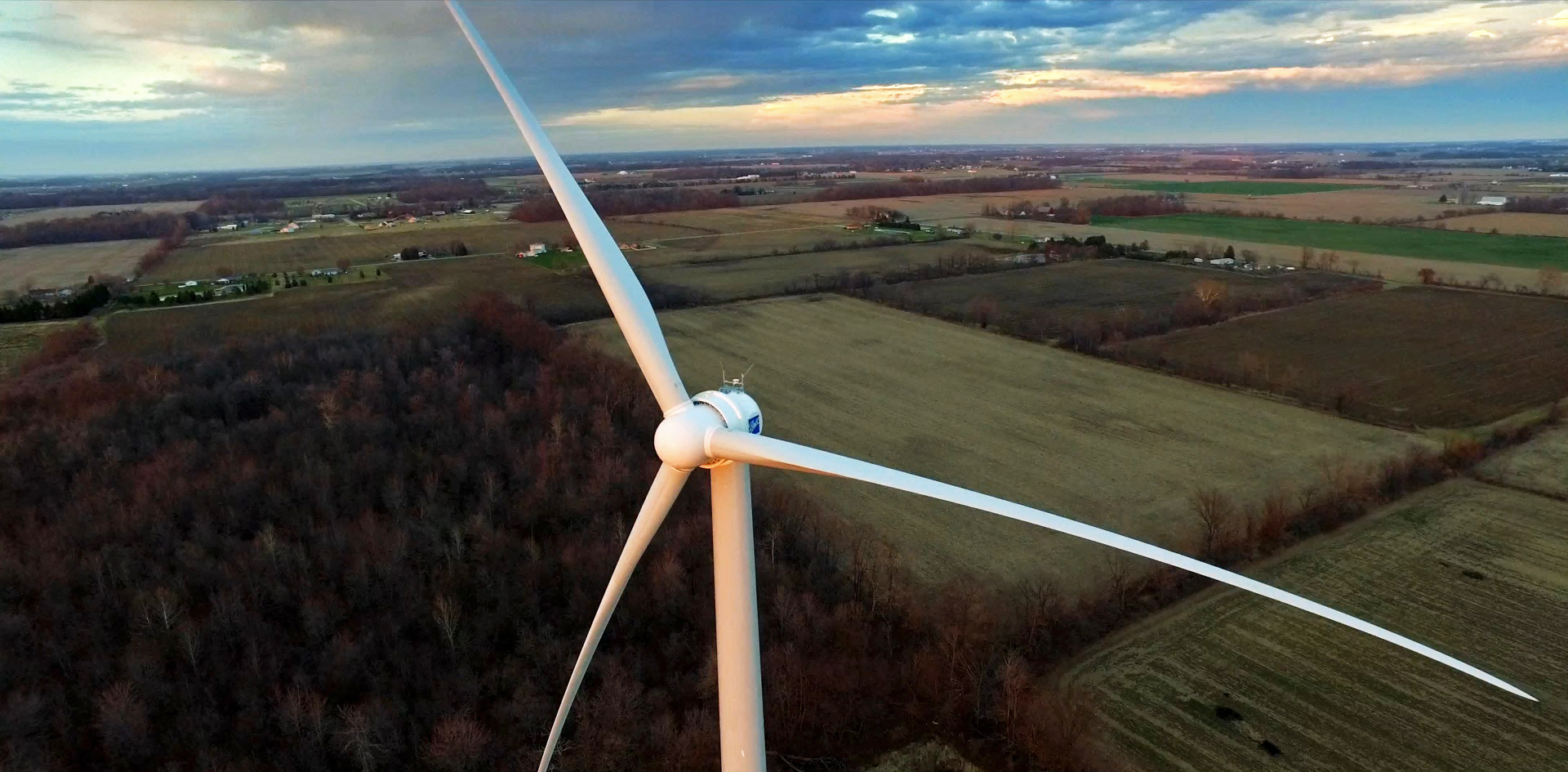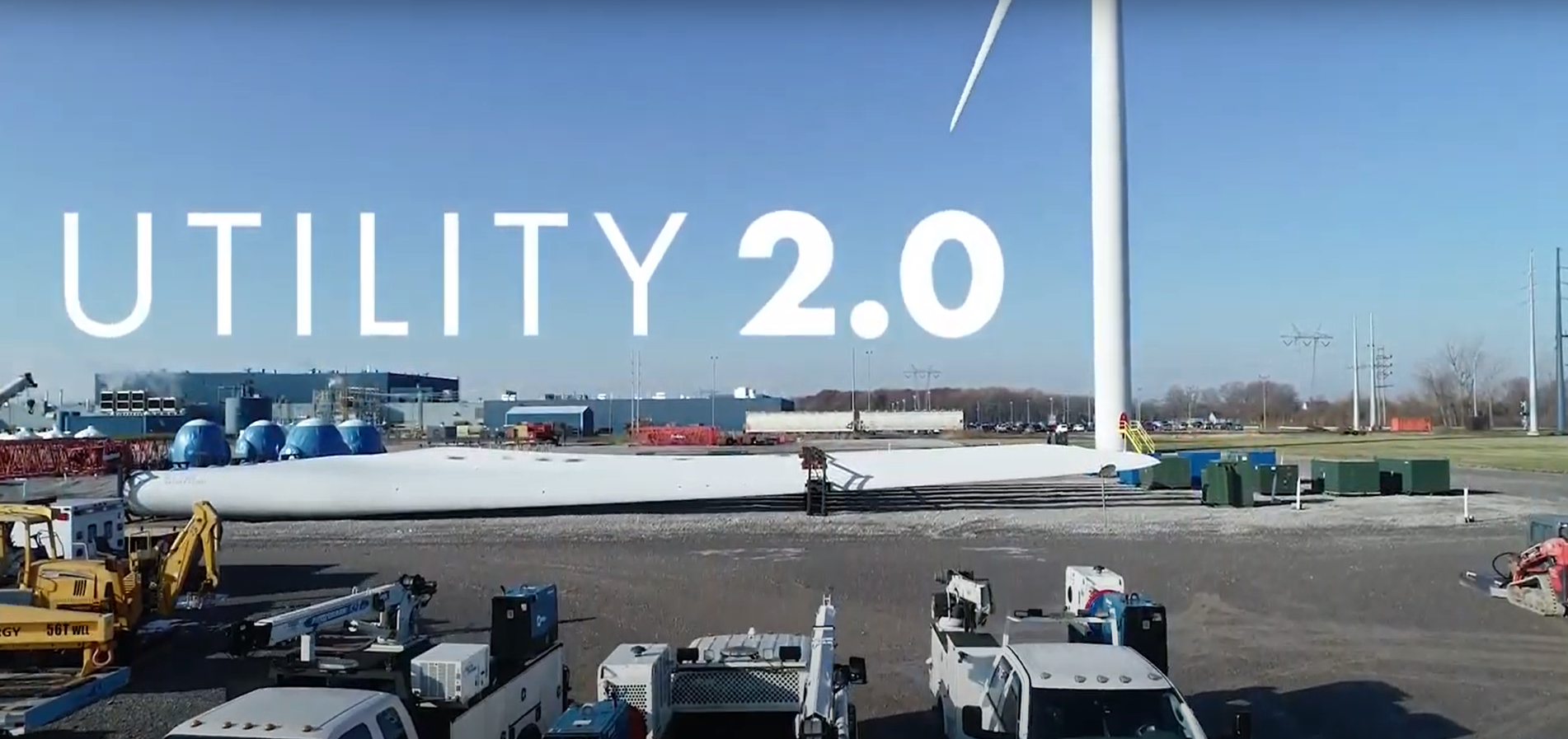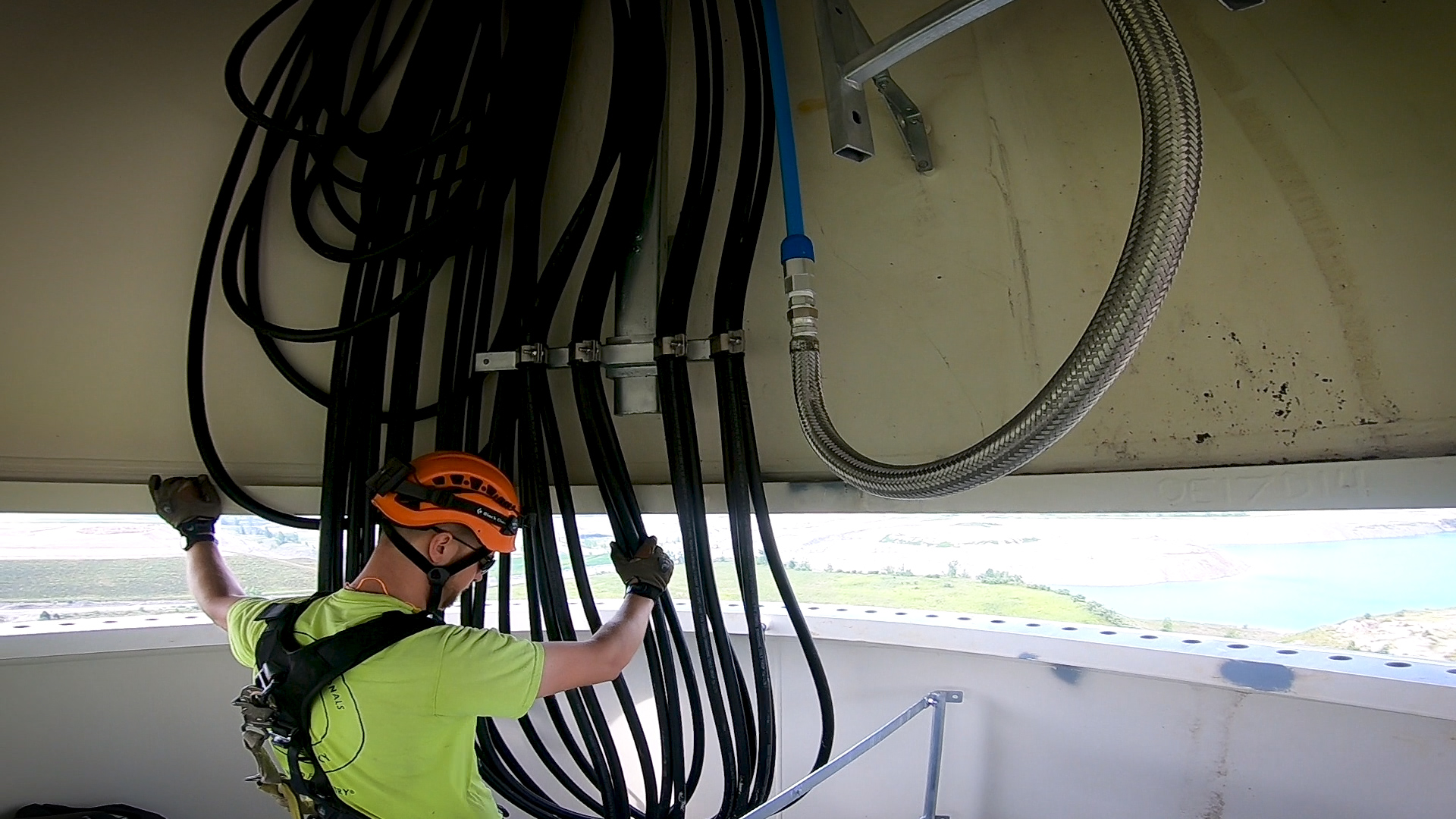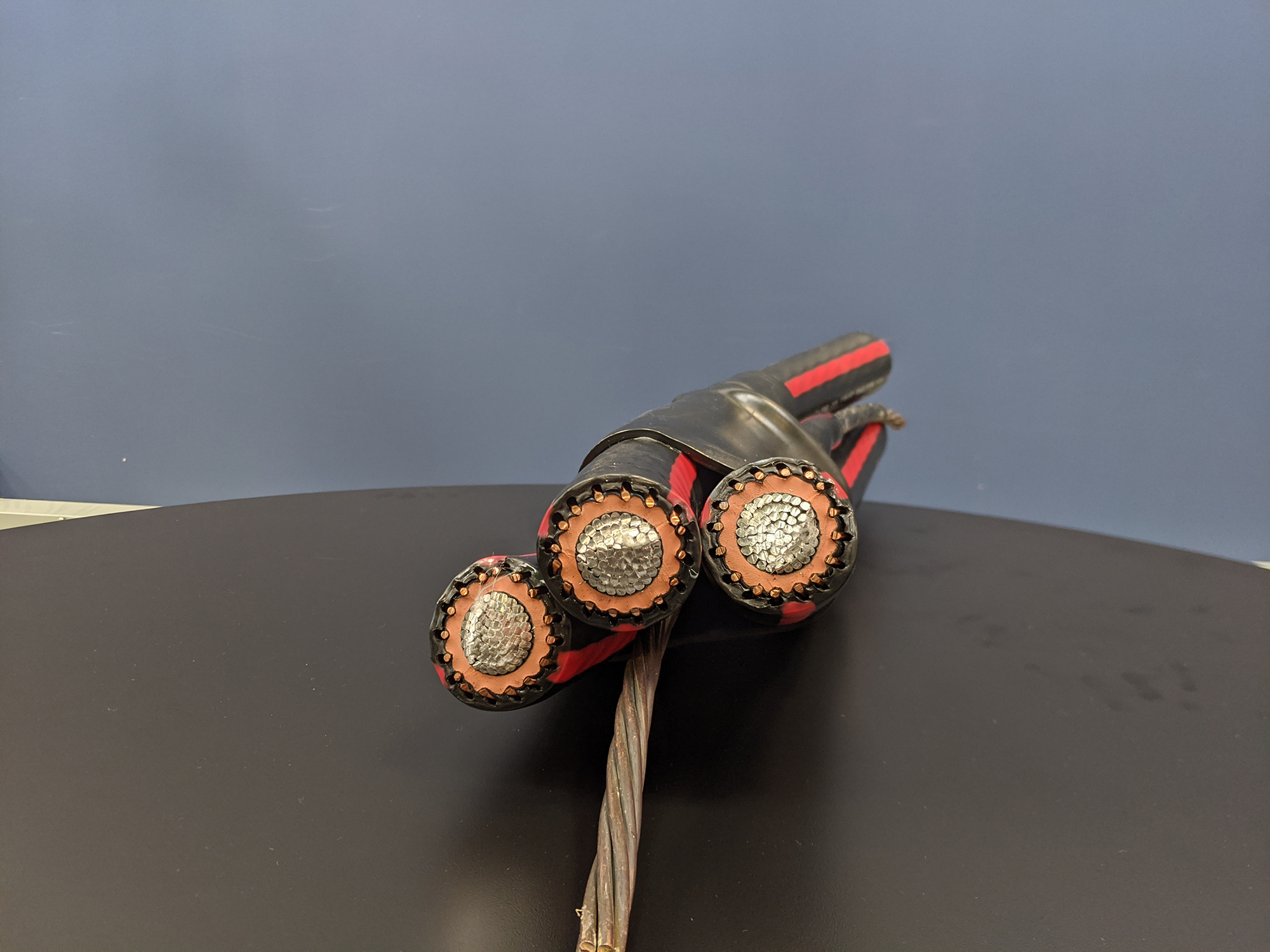“Let me tell you a story.” That’s a sentence for which I’m famous – perhaps even infamous – with nearly everyone who has ever worked with me. It’s a sentence which is frequently met with elaborate eye rolls and people trying to make a quick exit from my office. If someone wants to poke fun at me, there’s no doubt that my storytelling is an easy target! None of that bothers me in the least, however, and no amount of eye-rolling is likely to deter me from launching into my next tale because I learned long ago that telling a story is perhaps the most effective and well-received way to convey information.
When I was quite young in my career, I was introduced to the Gestalt protocol as a means of effective communication, specifically within the context of a group of business owners. Overall, the goal of the Gestalt protocol is to create an environment which is safe and open for each person in the group to share without anyone becoming defensive. It has been, without a doubt, one of the most valuable skills I have ever acquired. Of course, the same tactics work in one-on-one conversations as well and can certainly be used outside business settings. (Parenting and marriages come rapidly to mind!) There are half a dozen components to the Gestalt protocol, all of which are well worth mastering, but my favorite is “Speak from experience.” Really, what is experience except your own story?
The vast majority of people are inherently resistant to advice – and part of that resistance is completely legitimate: no one besides you can know everything that you know about a situation which needs to be resolved. So who is really qualified to tell you what to do without that same base of information? When someone gives you advice, you often instinctually cringe… right before you offer a suggested location for that advice!
Sharing an experience, however, doesn’t mean you presume to know everything. When I tell you my story of being in a situation similar to yours, and I walk you through my circumstances, my decision-making process, and what the ultimate outcome was – rather than simply giving advice – there is no need to be resistant. You can simply listen to my story, take to heart the parts of my story that are like your own, and add my experience to your knowledge base to make a decision. Whatever part of my story is irrelevant, you can discard. And when you have had the opportunity to hear a few stories of similar experiences, odds are good that you’re going to make a better decision about your own dilemma. You’ve been able to learn from others’ experiences without having to travel that same road yourself.
To help illustrate my point, let me tell you a story.
When I was two weeks into a new job as Director of Finance with a healthcare consulting company, the owner called to tell me he had found an old historic mansion in the midst of “pill hill” (as we referred to our hospital district) that he wanted to purchase for our small (but growing) business. It was clear that this was a long-time dream of his, and he sounded just like a kid in a candy store, bubbling over with plans for how we would use the space. Then he told me the price, and I was shocked! I thought surely he was crazy to even contemplate such an expensive building for our small company, and my instinct was to tell him he was nuts! But I also wanted to keep my job, and I knew that saying no would crush his dream.
Instead, when he asked me what I thought, I said, “I ran a $30-million-a-year business out of a $300,000 building – a building cost of 1% of annual revenue. This building you’ve found would have us spending 120% of our current annual revenue on an office.” Then I stopped and held my breath, waiting for him to hang up on me or, worse yet, fire me. But after a short pause, he said, “and THAT’S why you’re on the team!” I was able to offer him my story and allow him to come to his own conclusion about how ridiculous his proposal was. In the end, we didn’t purchase the building, I kept my job, and his comment back to me remains one of the most valuable things an employer has ever said to me.
That anecdote accentuates another component of the Gestalt protocol which is “Use ‘I’ statements.” The difference between “You should do this,” and “I had this problem and this is how I handled it,” is significant. If you doubt this, try saying both sentences out loud and see how you feel. Better yet, try both on someone in your life and see which one works better for you!
Particularly in a business setting, especially where there is a hierarchy (a department head or team leader with subordinates) when the leader provides advice or direction, the team members may go off and follow that direction, even when they don’t really have any context for it or truly buy into it. Over time, team members tend to become less likely to offer their own suggestions and instead to rely more and more on the leader to make the decisions and determine the direction. Sharing experiences (using “I” statements) rather than giving advice (with a “you” statement) generally encourages all team members to provide ideas and suggestions, thus increasing buy-in and ultimately creating an environment of independent thinkers. Everyone has experiences to share, so everyone can participate and everyone can benefit.
While not necessarily the primary goal of the Gestalt protocol, storytelling is also an incredibly valuable way to get to know people. I don’t share many stories with people I don’t care about. My time – like everyone else’s – is both limited and valuable, so if I’m using some of it to share my experiences with you, you can rest assured I place a pretty high value on adding to what you know and on helping you. Additionally, if you walk away from one of my stories and haven’t learned something you didn’t know about me on a personal level, you probably weren’t listening. Our stories are where we have come from, the journeys we have taken to get where we are, and how we have become who we are today. Sharing them can not only be a bonding experience, but it can expedite learning. None of us has time to re-invent the wheel, so why not learn from another’s experiences and save yourself the time and trouble of having to go through it all first-hand?
Next time you find yourself wanting to give advice, think about what in your life has led you to think that advice is good. What are the experiences in your past that make your advice valuable and helpful? Then tell that story instead of giving advice. Storytelling is a whole department at One Energy – so I must be in the right place. I could tell you a story about that…
Anne Bain is the Head of Accounting at One Energy.
Learn more about Anne and the One Energy team.









































